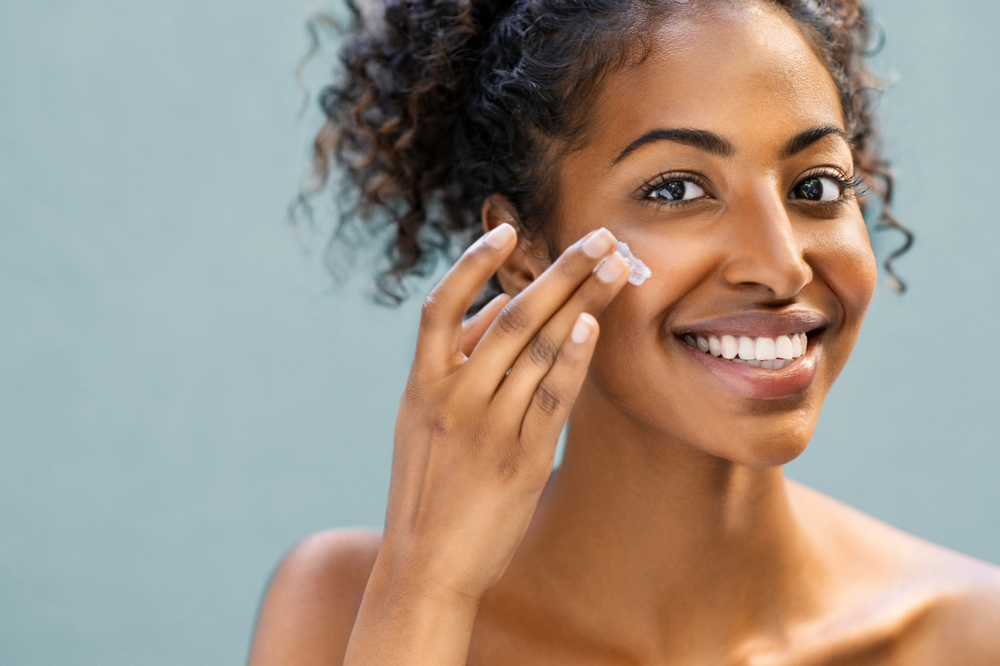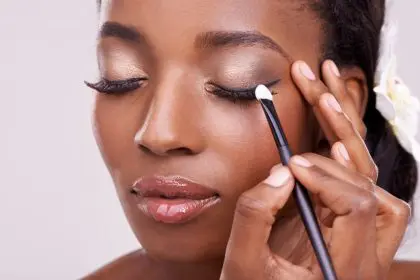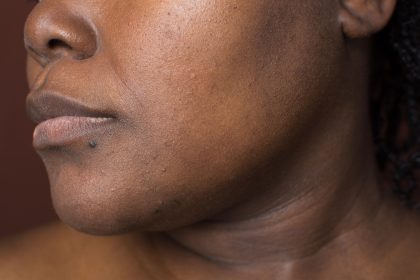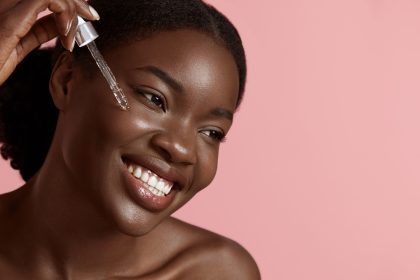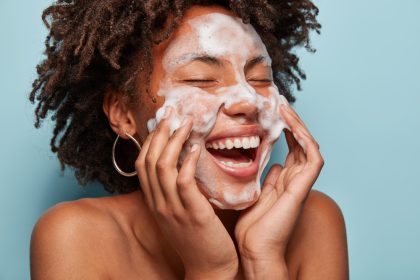The beauty world continues evolving at lightning speed, and the latest trend making waves across social media platforms and dermatology offices represents a complete shift from traditional skincare thinking. Skincare cycling has emerged as the method that’s replacing the conventional daily routine approach, promising better results with less irritation and more sustainable habits.
This innovative approach involves rotating different skincare products and treatments throughout the week rather than applying the same products every single day. The concept challenges the long-held belief that consistency means using identical products morning and night, seven days a week.
What makes skincare cycling different from traditional methods
Traditional skincare routines typically involve using the same cleanser, serum, moisturizer and treatments every day without variation. This approach often leads to skin becoming accustomed to products, potentially reducing their effectiveness over time. Additionally, daily use of active ingredients can cause irritation, dryness, and sensitivity issues that force people to scale back their routines.
Skincare cycling operates on the principle that skin needs variety and recovery time. By alternating between different active ingredients and giving skin breaks from potent treatments, this method allows for better absorption, reduced irritation, and improved overall results.
The cycling approach typically involves designating specific days for different treatments. For example, Monday might focus on exfoliation, Tuesday on hydration, Wednesday on anti-aging serums, Thursday on recovery with gentle products, and Friday on brightening treatments. Weekends often serve as recovery days with minimal active ingredients.
The science behind rotating skincare products
- Enhanced product absorption and effectiveness
When skin receives the same products daily, it can develop tolerance, similar to how the body adapts to medications over time. By rotating products, skin remains responsive to active ingredients, allowing for maximum absorption and effectiveness. This phenomenon occurs because skin receptors don’t become desensitized when they’re not constantly exposed to the same compounds.
Fresh product application on alternating days ensures that active ingredients maintain their potency and continue delivering visible results. Skin cells respond more dramatically to treatments when they’re not oversaturated with the same ingredients day after day.
- Reduced irritation and sensitivity issues
Daily application of active ingredients like retinoids, alpha hydroxy acids, and vitamin C can overwhelm skin, leading to redness, peeling, and increased sensitivity. Cycling allows skin to recover between treatments, significantly reducing the likelihood of adverse reactions.
This recovery period enables the skin barrier to repair itself and maintain its protective function. When skin isn’t constantly under stress from active ingredients, it can better tolerate treatments and show improved resilience over time.
- Improved skin barrier function
The skin barrier requires balance to function optimally. Constant bombardment with active ingredients can disrupt this delicate balance, leading to increased trans-epidermal water loss and compromised protection against environmental stressors.
Cycling incorporates recovery days that focus on barrier repair through gentle, nourishing products. These rest periods allow the skin to rebuild its protective layer and maintain healthy moisture levels, creating a stronger foundation for active treatments.
- Better long-term results with less product waste
Many people abandon skincare routines due to irritation caused by overuse of active ingredients. Cycling prevents this issue by creating a sustainable approach that people can maintain long-term. When skin tolerates treatments better, users are more likely to continue their routines consistently.
Additionally, cycling often requires fewer products overall since different treatments are used on rotating schedules. This approach can be more cost-effective and reduces the likelihood of products expiring before they’re finished.
- Customizable approach for individual skin needs
Skincare cycling allows for complete customization based on skin type, concerns, and lifestyle factors. Someone with oily, acne-prone skin might cycle between salicylic acid, benzoyl peroxide, and niacinamide treatments, while someone focused on anti-aging might rotate retinoids, peptides, and vitamin C serums.
The flexibility extends to adjusting cycles based on skin’s changing needs throughout different seasons, hormonal fluctuations, or life circumstances. This adaptability makes cycling suitable for virtually any skin type or concern.
How different skin types benefit from cycling approaches
Sensitive skin types particularly benefit from cycling because it prevents over-stimulation while still allowing access to beneficial active ingredients. By spacing out treatments and incorporating recovery days, even the most reactive skin can tolerate ingredients that might otherwise cause irritation.
Oily and acne-prone skin responds well to cycling different acne-fighting ingredients, preventing bacteria from developing resistance to treatments. Alternating between different mechanisms of action keeps skin clear without causing excessive dryness or irritation.
Mature skin benefits from cycling various anti-aging ingredients to address multiple concerns simultaneously. Rather than choosing between retinoids or peptides, cycling allows incorporation of both along with antioxidants and hydrating treatments.
Dry skin types can cycle between intensive hydrating treatments and gentle exfoliation, ensuring adequate moisture while preventing buildup of dead skin cells that can impede product absorption.
Creating an effective cycling schedule
Successful skincare cycling requires thoughtful planning and attention to how skin responds to different combinations. Starting with a simple three-day cycle allows skin to adjust gradually while providing insight into which treatments work best together.
Most effective cycles incorporate one day of active treatment followed by one day of recovery or gentler ingredients. This pattern provides benefits while ensuring skin doesn’t become overwhelmed or irritated.
Tracking skin’s response through photos or notes helps identify which cycles produce the best results and which combinations should be avoided. This personalized approach ensures the routine continues evolving to meet changing skin needs.
The future of personalized skincare
Skincare cycling represents a broader shift toward personalized beauty routines that prioritize skin health over aggressive daily treatments. This approach acknowledges that skin is dynamic and requires flexible care rather than rigid, unchanging routines.
As understanding of skin physiology continues advancing, cycling methods will likely become even more sophisticated, potentially incorporating factors like hormonal cycles, environmental conditions, and lifestyle changes into routine planning.
The success of skincare cycling demonstrates that sometimes less aggressive approaches yield better results than intensive daily treatments. By working with skin’s natural processes rather than against them, this method offers a sustainable path to healthy, radiant skin that doesn’t require constant product application or risk of over-treatment.

